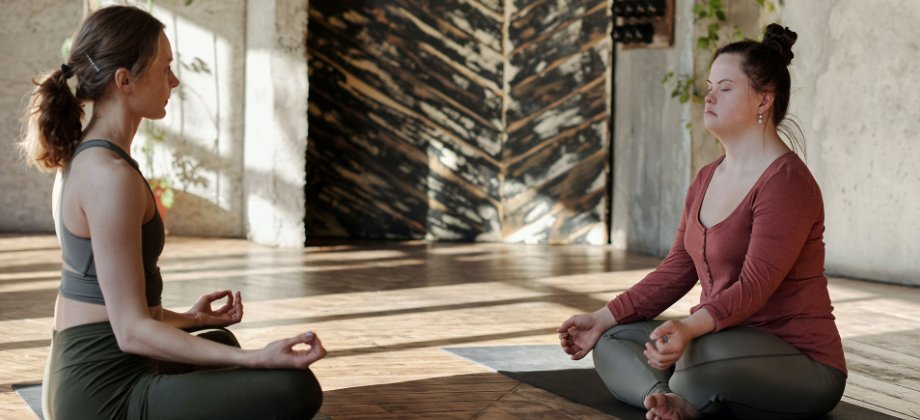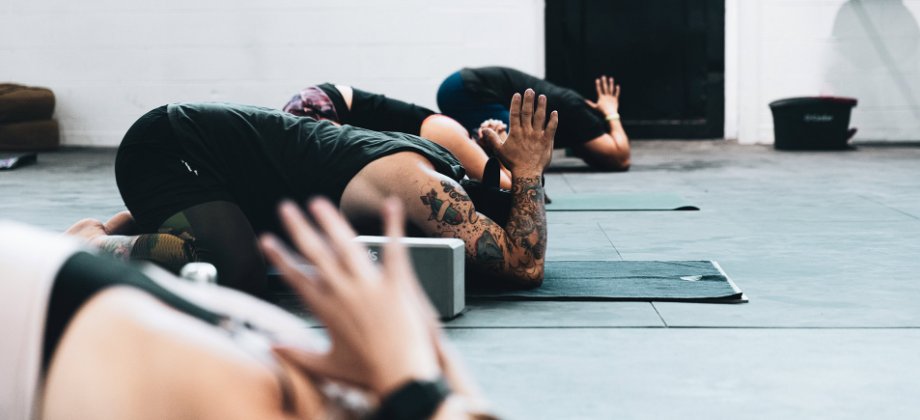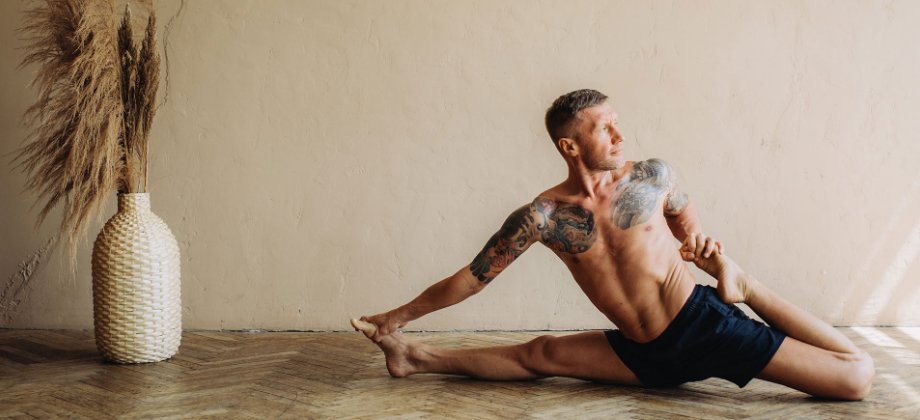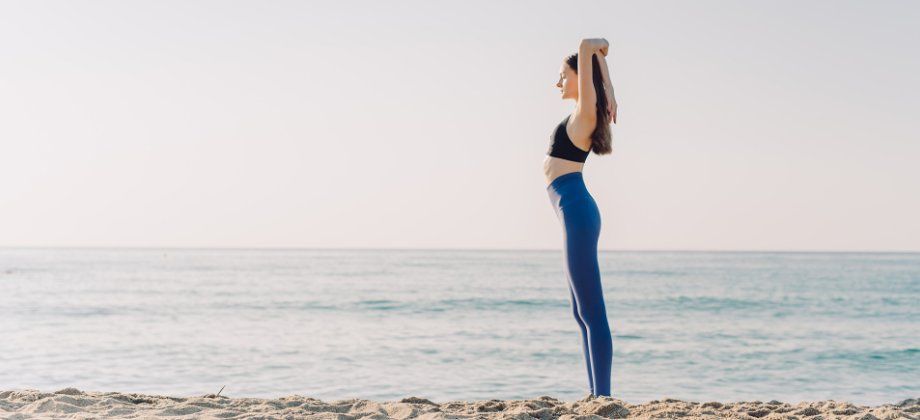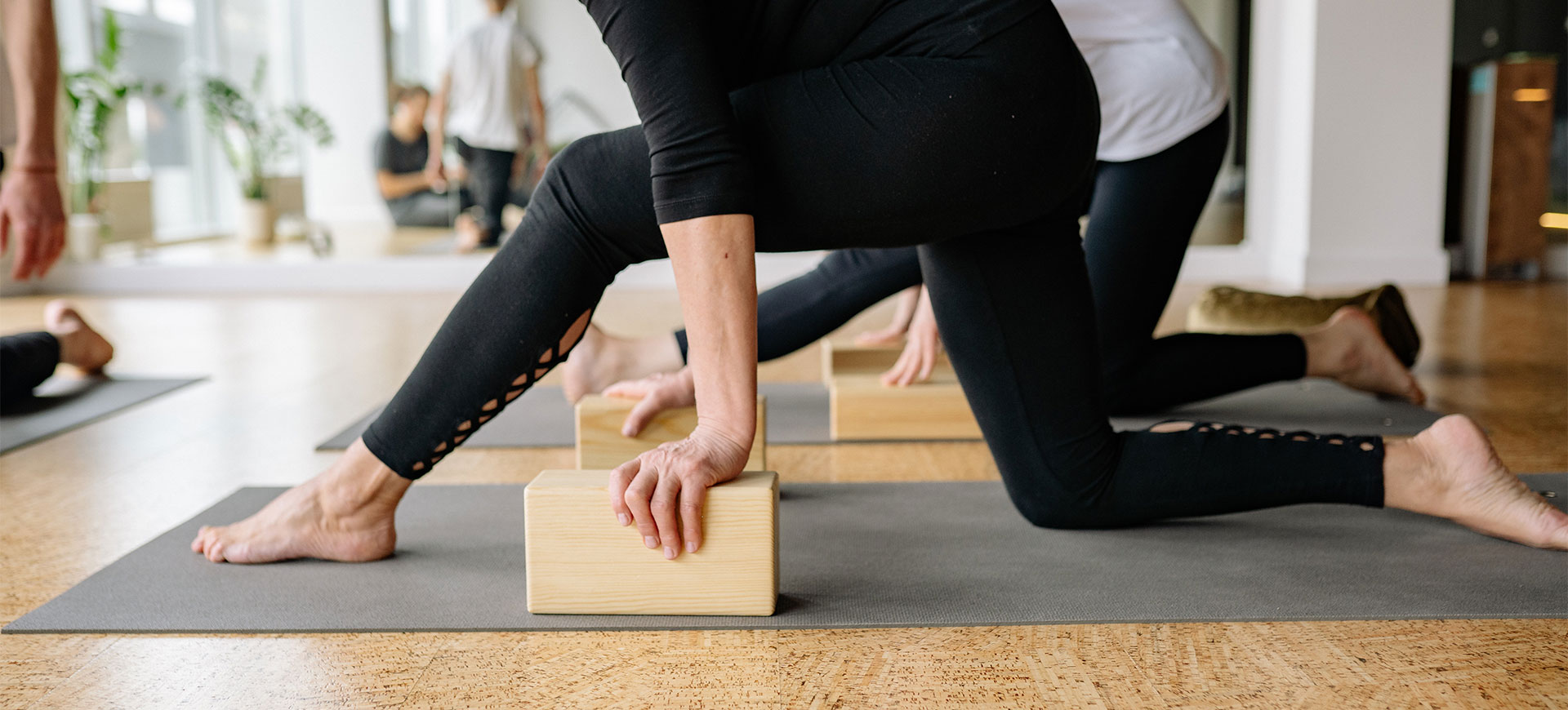
The Lowdown on Yoga Props and How to Incorporate Them
There are two types of yogis. The one that rocks up to class and takes a good ten minutes adamantly grabbing props, displaying them around their mat. And then there’s the one who does Sun Salutations on a patch of grass, adding nothing but themselves to the practice. If you think props are only for beginners and a modern addition to yoga, then I’ve got some news for you. Props are rooted deep in the history of yoga and can serve a purpose to even the most advanced yogi. So, let’s talk about yoga props!
I am a big advocate for the use of props. Whether it’s in my personal practice, during a class I follow, or one I teach. My teacher training had an emphasis on the use of props. I’ve learned quite a few bits and pieces about props that I had never heard of before my teacher training that I’d love to share.
The history of yoga props
Did you know that the strap was depicted and written about in the context of yoga well over 2000 years ago? Although it may have been just a piece of cloth, it served the same purpose as the fancy straps you find nowadays.
Props have been around for a long time. Lucky for us, they’ve evolved quite a bit over time. A great example is the yoga mat. We have a lot more animal-friendly options nowadays than deer or tiger skin for a mat, as the ancient yogis used. From mats to blocks to bolsters, the nifty additions can make a posture more accessible or help you get deeper into the pose.
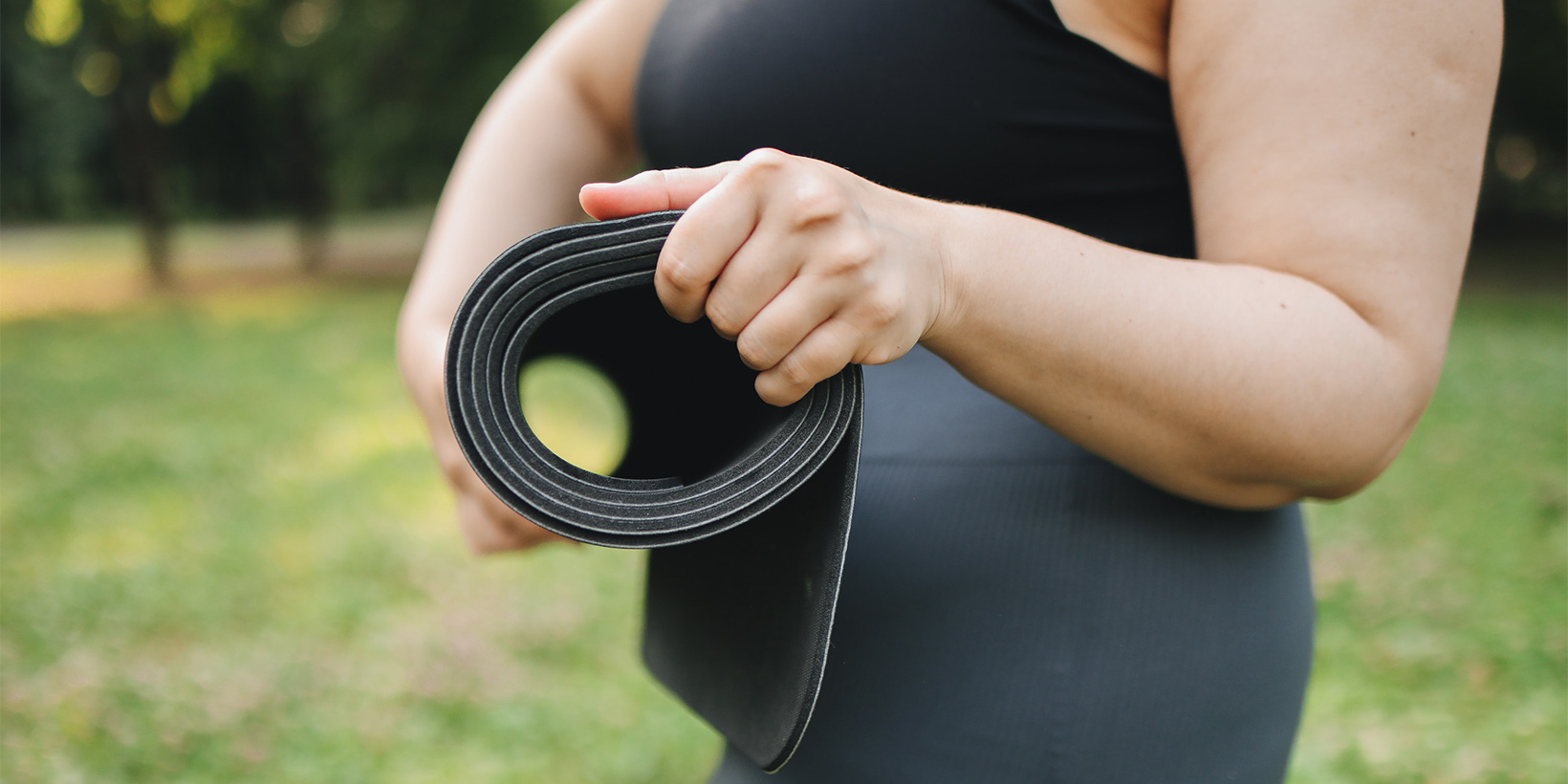
Why you should promote props in your class
First things first, we all have very different bodies. Range of motion, bone structure; all different per person. So, it only makes sense that a posture feels very different from person to person, right? Props are a fantastic way to create a little more accessibility for all of your students. A block to close the space between someone’s hand and the floor. A thickly folded blanket to support a sensitive knee. A wall to support coming into an inversion.
Next to accessibility, it can give a yogi that final nudge to give into the pose. Take Savasana, for example. It’s quite a vulnerable position you ask your students to be in for quite a while. Sometimes, all it takes is the addition of a nice weighted blanket over their bodies to help them fully relax.
Lastly, props can help prevent injuries. Often, we ask a fair bit of the yogis who take our classes. And as a teacher, it can be a challenge to see things from a new yogi’s perspective. Remember the first time you were in a pyramid pose? Even if you have the best cues in the world, sometimes the only way a pose becomes more accessible is propping up. Offering blocks can support both proper alignment and range of motion, which will lessen the chance of injuries.
Props and their usage
If you aren’t ready to bring in the whole arsenal of props, I encourage you to start with blocks. These simple foam or cork squares are so versatile in their usage.
Closing the gap between a body part and the floor is probably most common. But placing two blocks at the top of your mat to elevate your hands for chaturanga is a game-changer to build strength fast. And they’re great to up the challenge in locust pose. You can ask yogi’s that take your class to put a block on their bottoms before coming into locust. When coming up into locust pose, have them squeeze the block in between their hands and lifting it up without grabbing the block. Give it a go; it’s harder than it sounds!
If you’re ready to step up your prop game, here are some out of the box ideas for props:
- Weighted eye masks: Savasana with a weighted eye mask? Yes, please.
- Mobility stick: For the anatomy experts who love to add a mobility challenge in their class.
- Headstand bench: Simplify going upside down, making it a safe experience even for novices.
If you cue the usage of props and then give the option to remove them, the approach is similar to cueing advanced poses step by step.
How to offer props
Okay, now that you’re all excited to start offering props, let’s make a game plan. Because the very un-yogi-like ego pops up in all of us, and props have this stigma of being for beginners only. So here are some ideas on encouraging your students to use props during your class.
Use them yourself
You’re the teacher, so if the yogis in your class see you use something or do something, their instinct will be to follow along. So why not lead by example and demonstrate the use of a couple of blocks during your next class?
Put them next to each mat
If you teach in a studio where you prep the room before students come in, instead of just placing the mats on the floor, add the props they can use during class. If space allows, give them a wide range of options within reach of their mats.
Put them in a visible spot
If you don’t set up the room beforehand, make sure the available props are visible. Put them in a place yogi’s that come to class walk past, maybe even point them out when the first few students enter class. The others will most likely follow automatically.
Cue a posture with props first
It’s ingrained in most teachers’ systems to cue without props first and then cue steps to add props to the posture. Why not switch things up and turn it around? Usually, yogis will follow your first cues and think adding props is only necessary if they are incapable of holding a posture. If you cue the usage of props and then give the option to remove them, the approach is similar to cueing advanced poses step by step. This will allow yogis to feel the pose with props, which might just have their preference.
Hopefully, this article sparked some ideas to incorporate props into your next class. Make sure to do a repetition before offering them to your students if you’re not used to practicing with props. Good luck!

